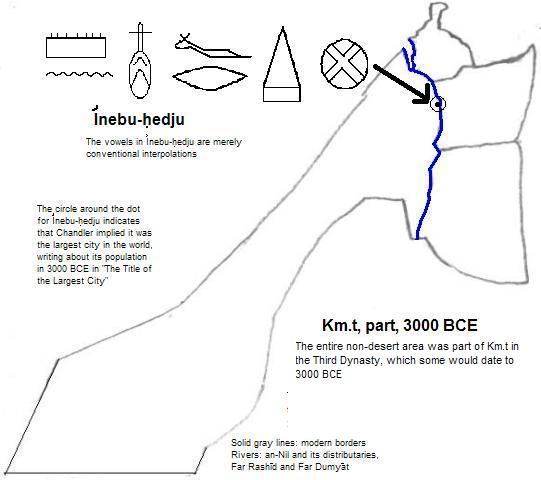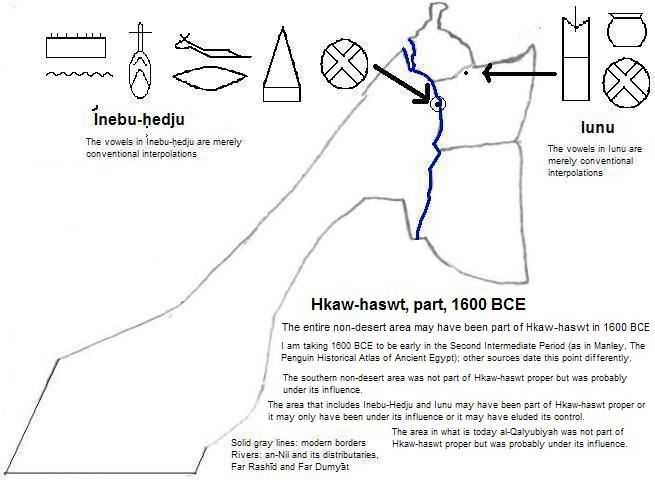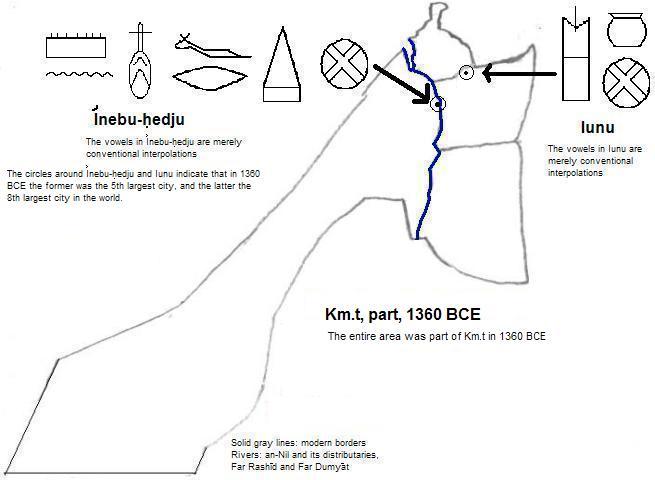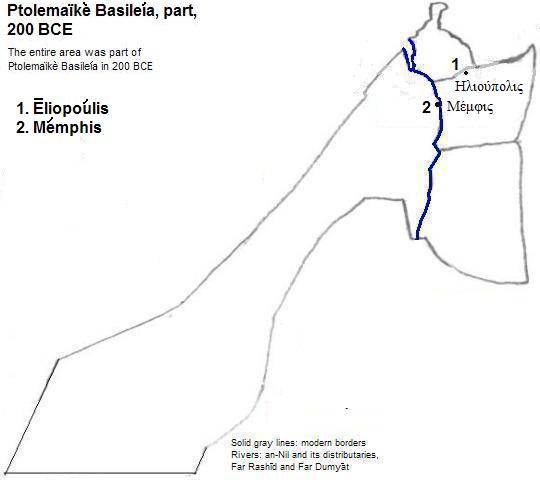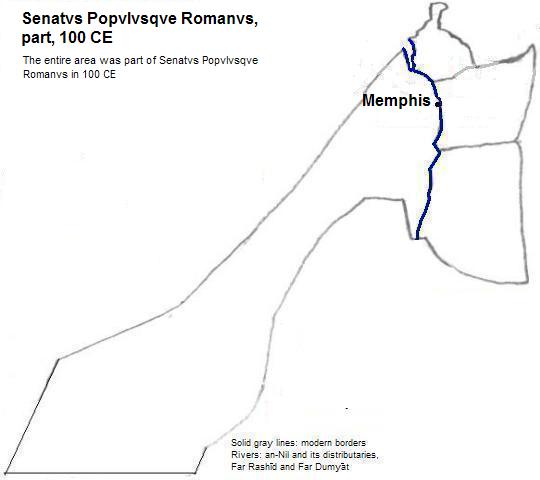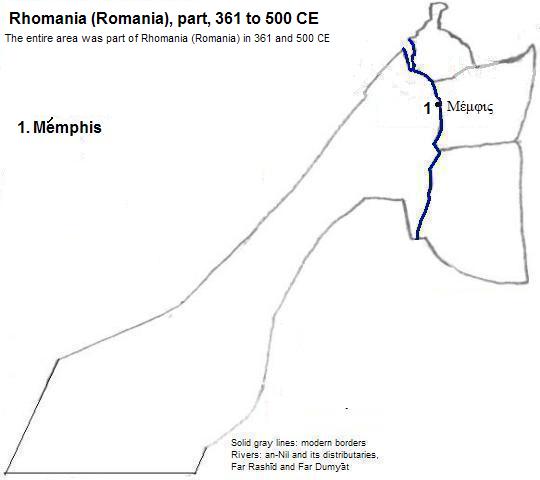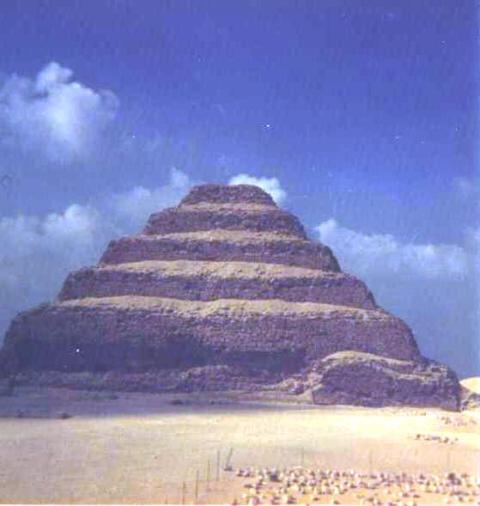
Step Pyramid at Saqqara
| To Duval Family Home Page | Africa | |
| To Chris Home Page | Eastern Egypt | |
| To Earth (Geography Home Page) | Miṣr (Egypt) |
ỉnbw-hḏ (Inebu-Hedju
| Year | Population | Political entity | ||||||||||||||||||||||||
| 3000 BCE | 30,000| Km.t (Kemet or Egypt) | | ||||||||||||||||||||||||
| 2250 BCE | | Km.t (Kemet or Egypt) | | ||||||||||||||||||||||||
| 2000 BCE | 60,000 | Km.t (Kemet or Egypt) | ||||||||||||||||||||||||
| 1800 BCE | | Km.t (Kemet or Egypt) | | ||||||||||||||||||||||||
| 1600 BCE | | ḥʒḳw-ḫḳswt (Hyksos state or land of the Foreigners)
| 1360 BCE | 32,000 | Km.t (Kemet or Egypt) | 1200 BCE | 50,000 | Km.t (Kemet or Egypt) | 1000 BCE | Km.t (Kemet or Egypt) | 800 BCE | Km.t (Kemet or Egypt) | 650 BCE | Km.t (Kemet or Egypt) | 430 BCE | 100,000 | Persian Malkate (Persian Empire) | 200 BCE | Ptolemaïkè Basileía (Ptolemaic Egypt) | 100 CE | Senatvs Popvlvsqve Romanvs (the Roman Empire) | |

Step Pyramid at Saqqara
